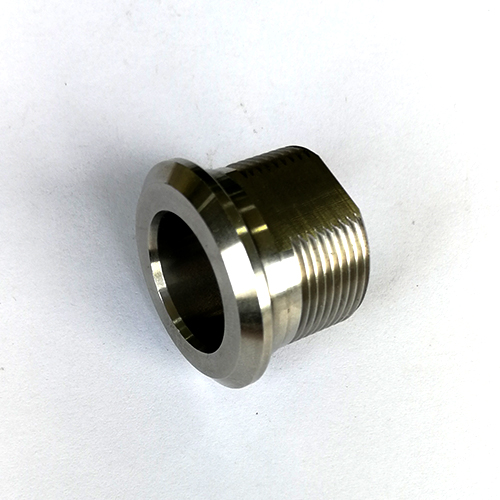What is the reason for sand formation on the surface of carbon steel precision castings?
Precision casting is currently a processing method with higher quality steel, but if errors occur during the processing, it will have an impact on the finished castings. Sand formation on the surface of castings is more common. Let's take a look at the causes of sand formation.
The ferrous silicate condensed during the precision casting manufacturing process has strong adhesion to precision castings, coatings and molding sand, and can adhere firmly to the surface of the casting to form a series of low melting point compounds (there are many compounds in the thick walls and corners of the casting) Low melting point and sticky sand layer)
Sand formation on the surface of carbon steel precision castings is caused by the oxidation of molten steel. Traditional casting coatings can only play a barrier and isolation role between castings to prevent sand from sticking, but sometimes sand sticks to parts or large areas of castings. This is caused by high temperature Metal oxide produced by oxidation of liquid metal. The main product is ferrous oxide, with a melting point of 1370 degrees Celsius. Silicon oxide reacts chemically with molding sand SiO ferrous silicate. The melting point of ferrous silicate is very low, only 1220 degrees Celsius, so it is fluid. Very good. Even if there is a solidified shell on the surface of the casting, the newly produced ferrous silicate is still liquid and can easily penetrate into the coating and enter the sand pores.
The above is an analysis of the causes of sand formation on the surface of precision casting castings.


